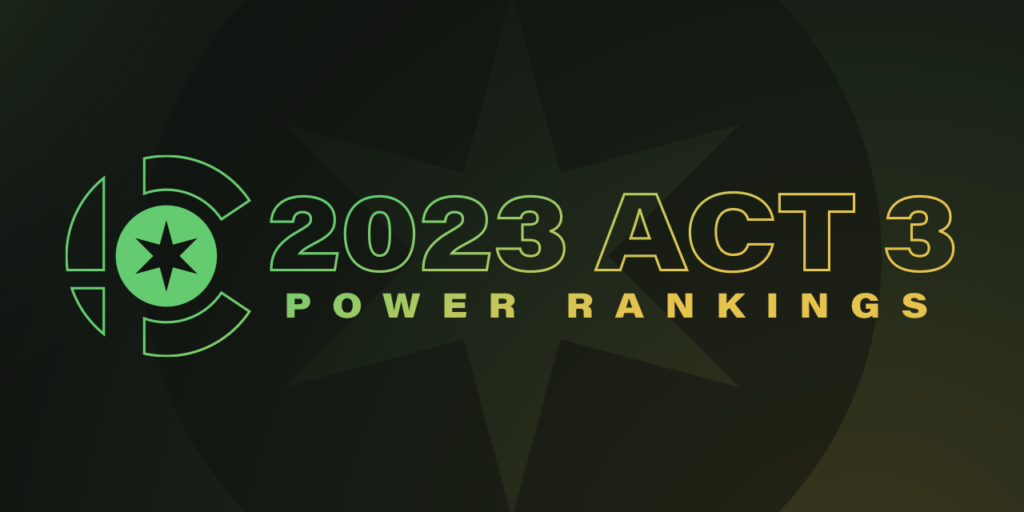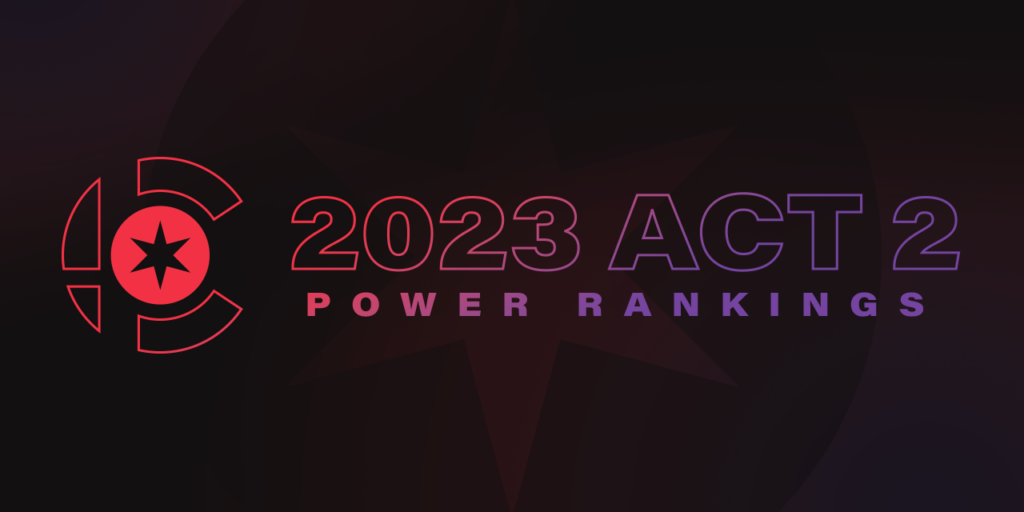Evan “Larfen” Himes
I moved to Chicago in 2014. I had been watching Melee and Project M for a year or two by then. I wasn’t able to watch Evo 2013 live, but consciously avoided spoilers so I could watch the VODs blind. I was from Syracuse, NY, which had next to no Melee scene at the time, as the Doc Boom had not fully hit yet. Needless to say, I was anxious to finally attend an in-person event. I was 19 years old with no money, so when I moved to the city without knowing anyone, the only place I could go to was EXP Gaming Lounge.
Bobby Gray opened EXP in 2013, with the intent of it being a casual gaming lounge. There were board games, multiple consoles, flatscreen TVs, and most importantly, space. In an attempt to get more people in the door, Bobby decided to start hosting tournaments in the venue. His first venture into TO’ing was not Smash, but was in fact Ultimate Marvel Vs Capcom 3, a game that he was more familiar with. After his success with this, he branched out into Smash at the suggestion of Melee player Meneks. At the very first Wavedash Wednesday in March 2013, it was only Knubs in attendance. As the weeks went on, however, more and more people showed up every single week to play Melee and PM at EXP. In fact, PM remained the more popular game for most of EXP’s lifespan. By 2014 Smash, a game that Bobby didn’t even really play, became his biggest source of business. The board games went in the closet, and EXP became filled with CRT televisions.
I attended my first Wavedash Wednesday on July 16th, 2014. It was my second-ever tournament, and because it was available I decided to enter Melee even though I was only a PM player at the time. My first taste of competitive Melee changed that quickly, and I stopped entering PM by the end of the month. By this time EXP had been well-established as the premier Melee and PM local in Chicago, and literally everyone in the scene attended it. This would not be true for any local since, and really created a feel of a unified Chicagoland community rather than the “City vs Burbs” feel of today. Because of that, and the well-documented confluence of Evo 2013, The Smash Brothers documentary, and the popularity of PM, these locals were huge. There were 40 to 50 entrants every week throughout 2014 and well into 2015. I was only in the city for half of the year back then because I attended college in NY, but when I was in Chicago, you could bet that every Wednesday I’d be one of the first ones in, last ones out at EXP.
Most of Chicago’s current best players can name Wavedash Wednesday as their first tournament. Skerzo (previously Adrian), JustJoe, Ferocitii, Trix, Pleasantries, Captain Faceroll, and many many more all came up playing at EXP. Not only that, but EXP’s size allowed Chicago’s extant talent to reemerge: Kels, Vro, Scythe, Sago, and other old school players attended EXP as well. It was truly the meeting point in not only space (uniting the region) but also time (uniting the old and new). Bobby credits this unique nature of WDW not to his TO’ing ability, but to him simply being there at the right time: he was the guy hosting tournaments in the vital year of 2014.
Not all things are meant to last, however. EXP saw declining attendance in 2015 and 2016. Tournaments were now barely cracking two digits most weeks instead of hitting the 50’s. It was hard to say what exactly caused this, but there were many theories: what was once the gathering place for Chicago smash was suddenly “too far away” for players to get to. The venue fee was now more than what most smashers were willing to pay. There was competition now, too: ASH@WIT in Aurora began to draw suburban players to its weekly in 2015, while city players flocked to the Columbia College Chicago (CCC) weekly in 2016. Although everyone knew EXP was in dire straits at this point, the summer of 2016 is where many of my fondest memories of the venue were built.
Wavedash Wednesday became Tuesday Night Training in 2016, and although the turnout was smaller, it was a tight knit, hungry group that was there. In addition to myself, GioGio (now Gi0goat), JustJoe, Ferocitii, Spor, Vavv, Lazarous, and NoFluxes were all regularly in attendance, with plenty more making more sporadic appearances (see this link for a taste of a standard TNT). Although none or few of the regulars were at the time in contention for PR, this proved to be an excellent training ground for the future of CLM, as many of these players are now of course staples of the scene. The length of time that EXP was open on tournament days, and the regular use of amateur brackets allowed absurd amounts of Melee to be played at the venue. Despite less top talent being drawn to EXP, it still played a vital role in CLM, and I doubt that myself or many of the other TNT regulars would be where we are in the scene without that local. These smaller venues allow rising talent to gain confidence, and there is definitely room for such tournaments in todays scene as well.
EXP closed in September 2016. The venue had one last enormous tournament as a sendoff, boasting 91 entrants. The only time a CLM local would have those kind of numbers again would be the final ASH@WIT in early 2018. However, the preceding months and years still meant that the business couldn’t stay open. Founder Bobby Gray is now married with a 1 year old daughter and isn’t involved in competitive gaming anymore, but wants to try out P+. Other locals have taken over as time went on, but whenever I make a drive down North Ave in Chicago I always take a moment to note the venues where Melee really started for me, and where modern CLM was born.




Pingback: Combat Café hosts final Melee bracket Tuesday - Chicagoland Melee
Pingback: Chicagoland Melee’s Encounter at Farpoint: The Blue Demon Arcadian - Chicagoland Melee